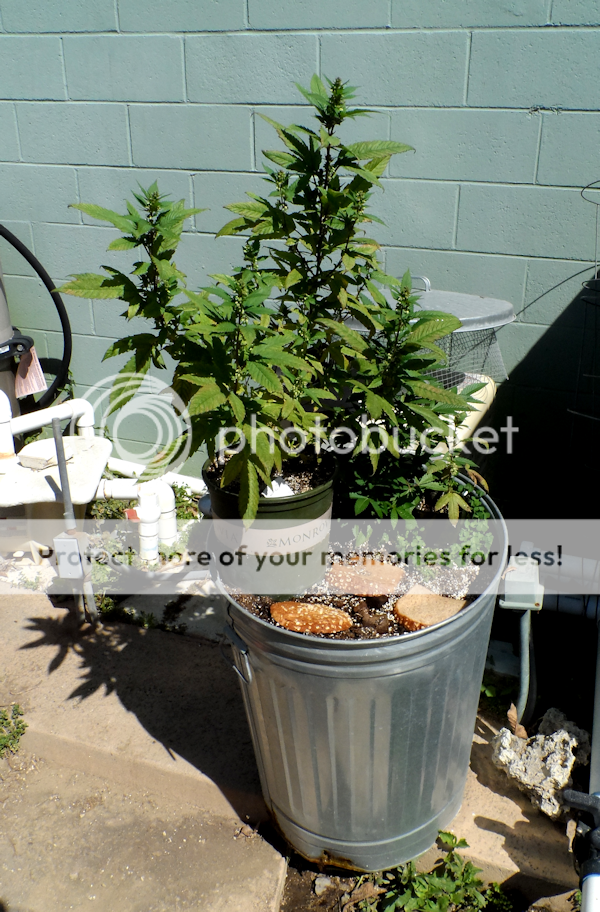Grease, I misused the word 'earthworm'. What I should have said is anecic worms. I'm trying to find the the information I had read. Until then, as far as aeration, etc.
From Vermiculture Technologies:
III EFFECTS OF EARTHWORMS ON SOILS
The positive activities and benefits of earthworms have been appreciated since the times of Darwin (1881). By burrowing into the soil, earthworms provide channels that allow air to circulate more freely and equally permit rainwater to percolate in, rather than potentially causing erosion through surface runoff. The intimate mixing of soil layers brought about by earthworms’ ingestion of soil and their castings, either within the soil profile or on the soil surface, causes mineral components and organic fragments to become closely associated. The nature of the castings produced by earthworms is unique, and the crumb structure, and the aggregates formed by the various inorganic and organic components held together by mucus, is an ideal sub- strate for plant growth. Earthworm casts are rich in beneficial microorganisms and nutrients compared with the contents of the surrounding soil (Orazova et al. 2003). Therefore, passage of soil through the gut of an earthworm adds to the microbial status of soil (Edwards and Bohlen 1996). In many studies earthworms have been shown to have positive effects on the growth of vegetation. When earthworms were introduced to pastures where they were previously absent, initial production of grass increased by 70% in the first year (Stockdill and Cossens 1966). Root production by fruit trees was found to be greater where earthworms had been added to Dutch orchards on polder soils (Rhee 1971), and barley’s growth rate and yield were signifi- cantly increased by the presence of earthworms in direct drilled (no till) cultivation (Edwards and Lofty 1980). Senapati et al. (1994) also demonstrated that earthworm inoculation into commercial Indian tea plantations promoted fine root biomass and green leaf production.
V EARTHWORM ECOLOGICAL RELATIONSHIPS
All of the earthworms described to date (some 3000 or so species) can be placed into one of three major groupings: epigeic, endogeic, and anecic species (Bouché 1977). The first of these groups, the epigeic species, encompasses all of the earthworm species that inhabit the upper organic layers of the soil and may also occur within compost heaps (often referred to as “compost earthworms”). These include common species such as Eisenia fetida (the brandling or tiger worm) and Dendrobaena veneta (another earthworm) in Europe, Eudrilus eugeniae (the African night crawler) used in the United States, and Perionyx excavatus in Asia. This group of species is famil- iar to vermicomposters, and species in it are used extensively to break down various types of waste organic matter into vermicomposts. However, excluding Dendrobaena veneta and Lumbricus rubellus, most of these earthworms do not thrive well in min- eral soils and consequently are of limited use in land-improvement schemes (even though they may be sold for this purpose by some dealers).
Earthworms that fall within the other two major ecological groups do not require such a high level of organic matter and are very productive in mineral soils. Endogeic species may be of small size and live within temporary horizontal branching burrows close to the soil surface (e.g., Allolobophora chlorotica, Aporrectodea caliginosa). They are geophagous (soil-feeding) in nature—literally eating their way through the soil. Equally, some anecic species may be larger and inhabit more vertical and per- manent deep burrows (e.g., Aporrectodea longa, Lumbricus terrestris). The latter two species are the earthworms that can prove most useful in the process of land restora- tion. However, although their life cycles have the same three developmental stages (... adult → cocoon → hatchling → adult ...), they are less prolific in population buildup than the vermicompost earthworms. They do not have either the rapid growth or the rapid reproduction shown by vermicompost earthworms and consequently take longer to produce sustainable populations (i.e., they tend to be K-selected). Also, due to their lifestyle, culturing these earthworms proves more difficult since the substrate in which they must be maintained requires not only an organic food content but also a min- eral soil base. Thus a greater volume of material is needed, which may be difficult to accommodate. This is the major reason why earthworms have usually been collected for use from the field, rather than bred specifically in most research projects. However, if feasible, there may be advantages to breeding earthworms for field inoculation.
P-


